Introduction
The Yu-Gi-Oh! Duel Monsters anime series captivated many viewers with absurd strategies, unthinkable plot twists, and the classic "belief in the heart of the cards" motto.
Though it was the basis for the Yu-Gi-Oh! TCG we all know and love, this series frequently ignores or adapts rules to make the plot more interesting. But what if the real game used the same rules as the anime?
In this article, we'll see how Yu-Gi-Oh! TCG would change if it used the same rules as the anime series.
Summoning Without Tributing
In the anime, characters often summon Level 5 or higher monsters without tributing, which directly goes against one of the main rules in the TCG. Tributing monsters to summon even more powerful monsters is essential, as it keeps the game balanced. If this mechanic wasn't part of the rules anymore, the game would become drastically faster from very early on.
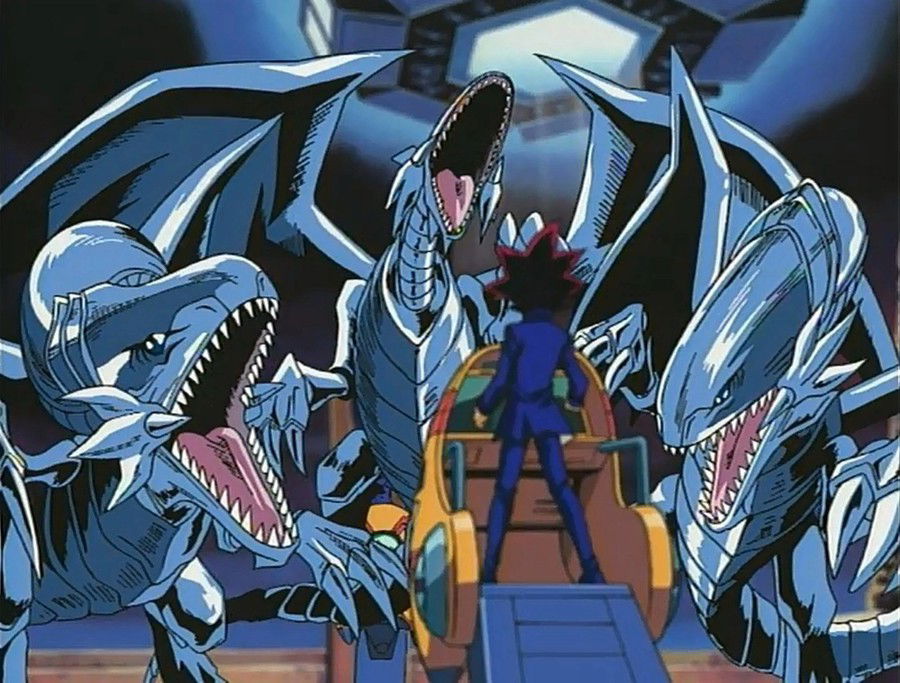
If cards like Jinzo, Blue-Eyes White Dragon, Dark Magician, and Summoned Skull could go in play from the very first turn, early games in Yu-Gi-Oh! TCG would be extremely explosive.
This would make the current game even more insane, considering that, even if do you have to tribute monsters to summon more powerful monsters, powercreep has made summoning 10 or more monsters in a single turn common.
No Banlist and & Irregular Decks
Another striking difference is that, in the anime, they often use cards that are banned or limited in the TCG because they're unhealthy for the game. Many characters use these cards from the beginning to the end of their stories without ever mentioning a banlist. However, if the real game didn't have a banlist, it would simply not be balanced at all.
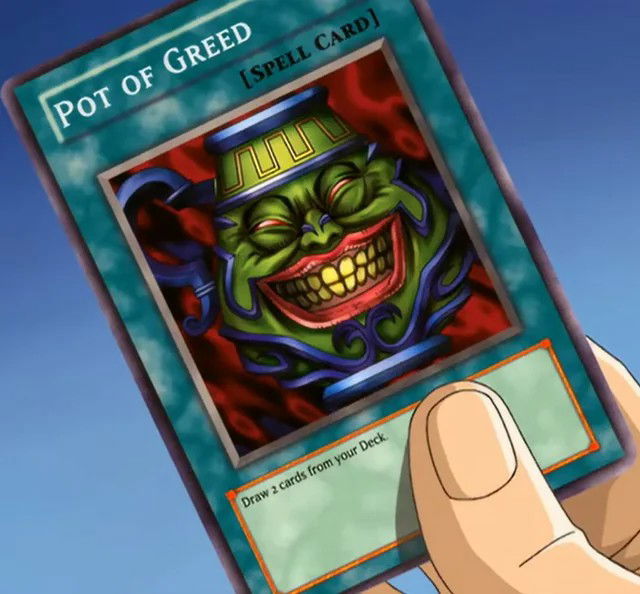
Furthermore, these decks often vary in "size", and, though we can't know exactly how many cards they include, it's obvious that some decks have just a few cards and others have too many.
By the way, players once used hundreds of cards in their decks in real life to call KONAMI's attention to this matter a long time ago, when we could use as many cards as we wanted in our decks. Besides highlighting a clear problem with the rules of the game, using this many cards in a deck often led to mistakes, intentional or not, getting in the way of matches and, as such, tournaments.
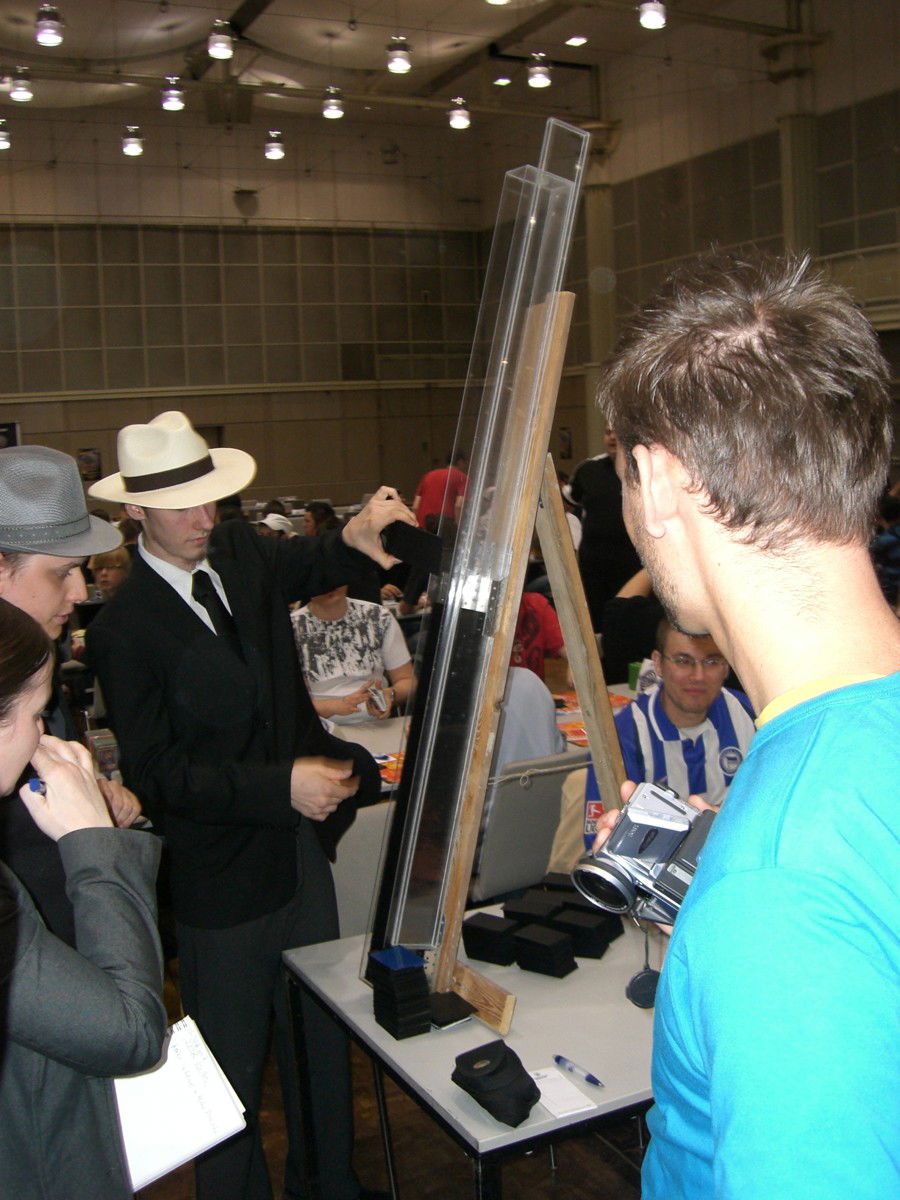
Free Interpretation of the Effects
In the anime series, duelists often interpret the effects of their cards creatively or even completely make up their effects.
Classic examples include Yami Yugi famously stealing his way into a win, such as, for example, when he fused Mammoth Graveyard with Blue-Eyes Ultimate Dragon to deal some sort of progressive, internal damage to the enemy monster.
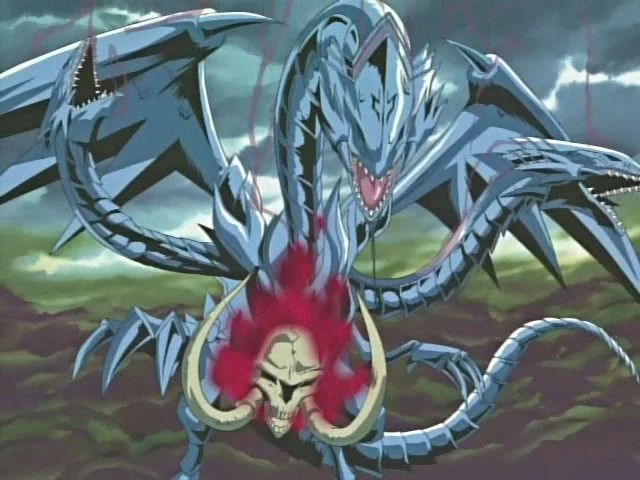
In the anime, the Mammoth became a biological weapon when Yugi fused it with the dragon, and its own dead body rotted from the inside out in the enemy monster. This type of "creative" strategy simply doesn't work in the real TCG because of the rules. It was, though, common in the classic series and is one of the greatest examples of the "poetic license" the series took for their duels.
Like so, if the TCG worked just like the anime series, duels would be completely random and often decided by how creative the duelist was instead of how skilled they are at the game.
The Consequences of a Lawless Yu-Gi-Oh! TCG
If Yu-Gi-Oh! TCG used the "rules from the anime", the game would no longer focus on strategy. It would focus on verbally convincing your opponent instead and become completely unpredictable.
Controlling the board wouldn't matter anymore, and we wouldn't have to manage our resources or time our answers because the best script would define the outcome of our duels.
Despite all of this, this was a very fun and nostalgic experience. After all, it was thanks to the anime and its epic yet absurd plot lines that we all fell in love with Yu-Gi-Oh! TCG.
Final Words
What do you think? Tell us your thoughts in our comment section below.
To learn more about the Yu-Gi-Oh! TCG universe, keep browsing our articles.
Cards Realm thanks you for your support!
See you next time!








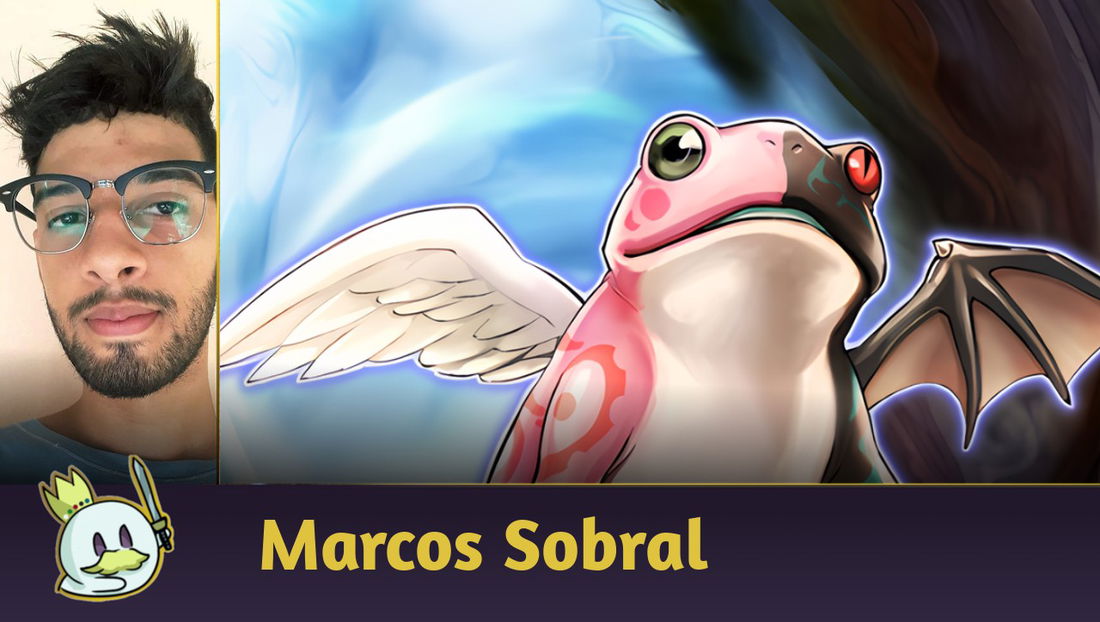
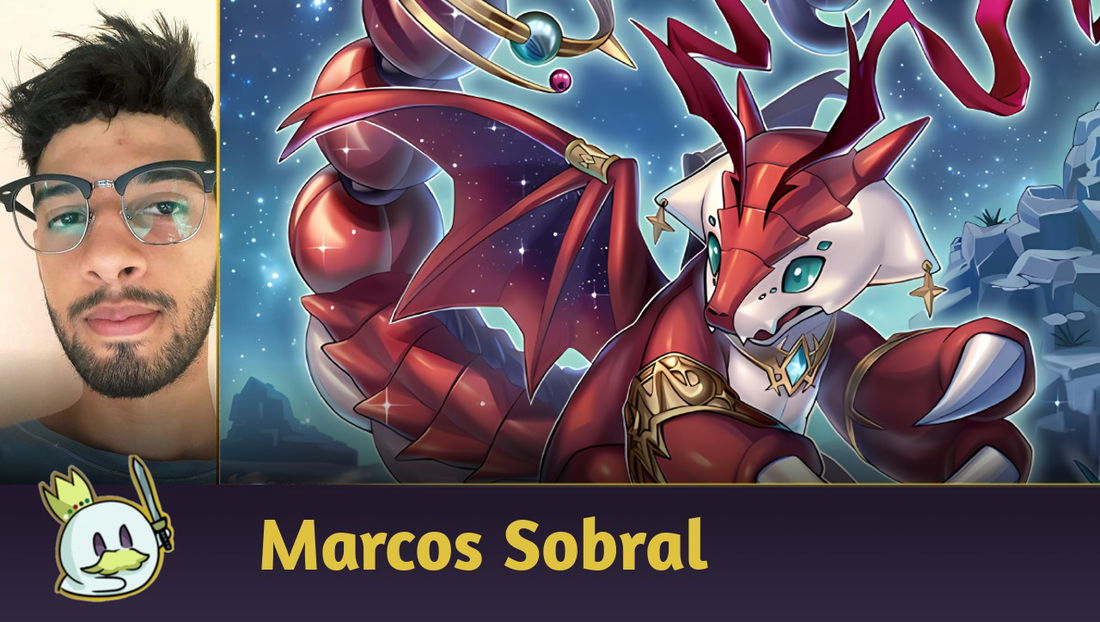


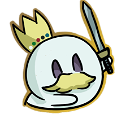
— Kommentare 0
, Reaktionen 1
Sei der erste der kommentiert